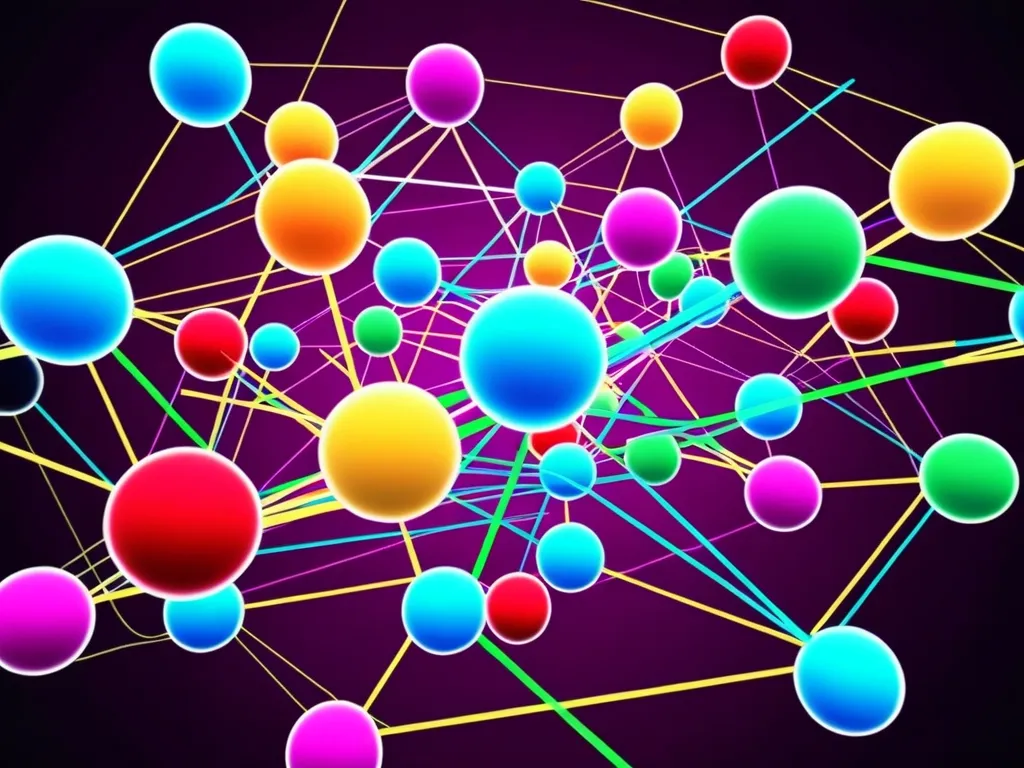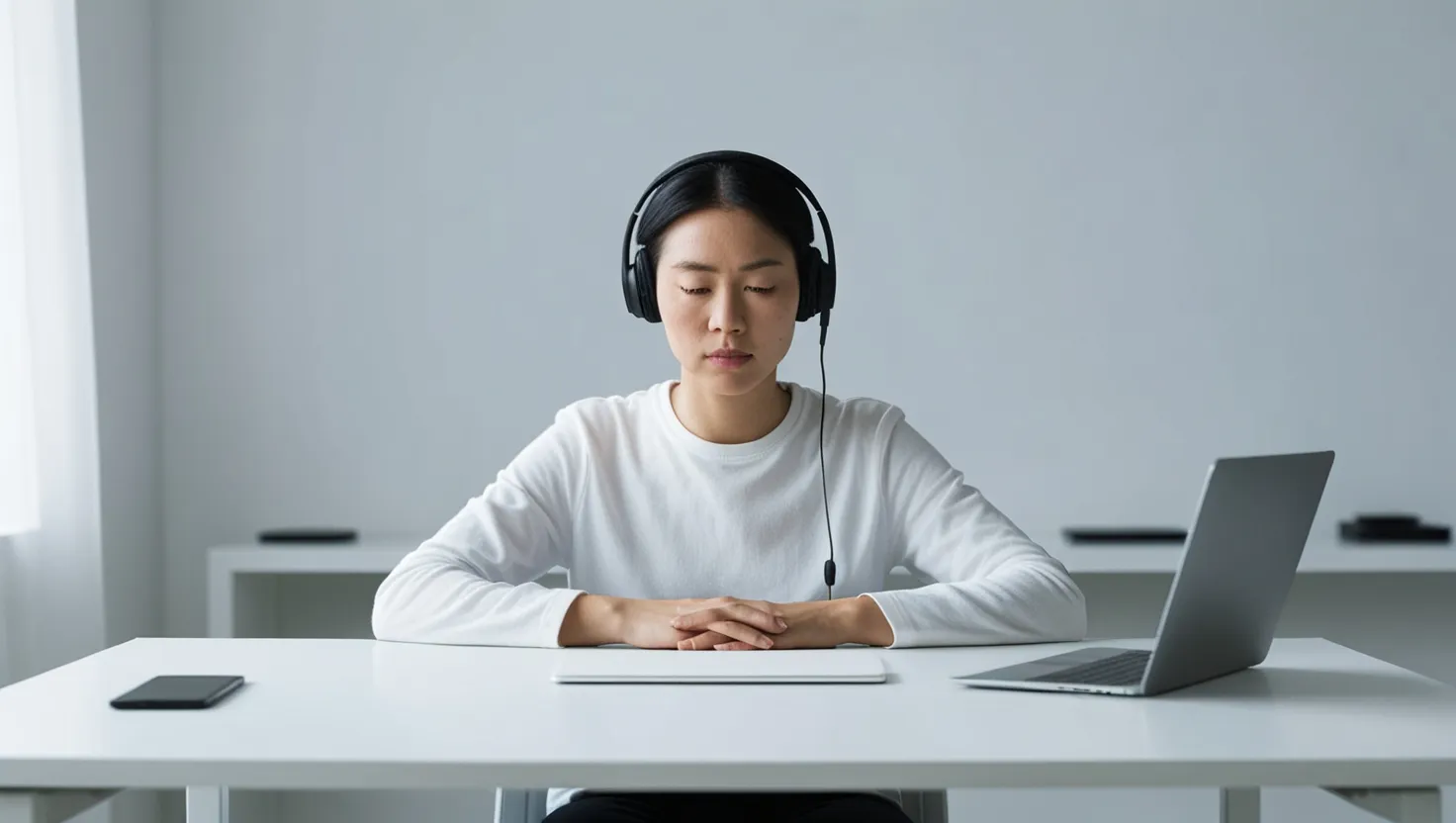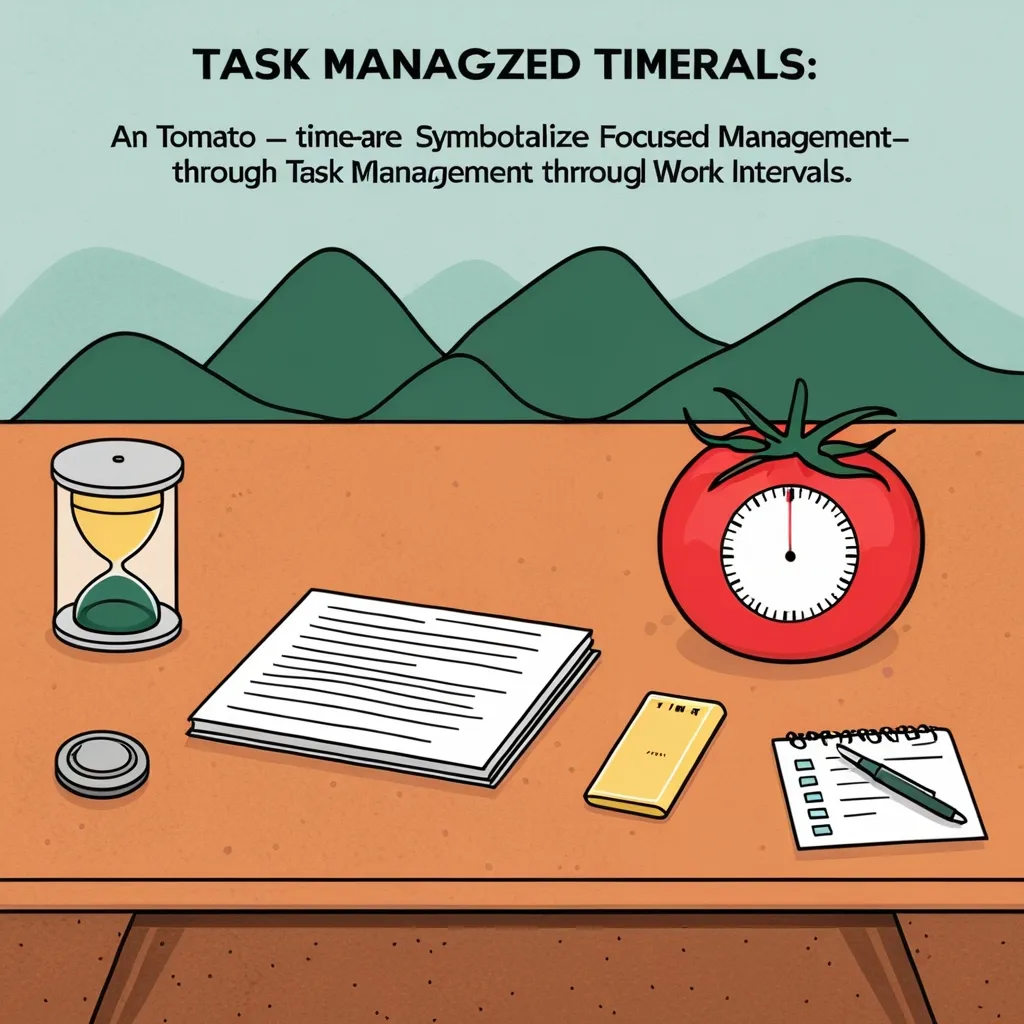Imagine your daily tasks as if they exist in parallel universes, each with its own unique timeline yet intricately connected through a web of priorities and outcomes. This concept, while inspired by the idea of a multiverse, can revolutionize how you manage your time and tasks.
Visualizing Tasks as a Dynamic System
Traditionally, we view tasks in a linear fashion – one task follows another, each with a fixed deadline and a set sequence. However, what if we could see these tasks as nodes in a dynamic system? Here, shifting your focus on one task can alter the trajectory of your entire day. This isn’t just about juggling assignments; it’s about understanding the interplay between tasks and making strategic decisions on when to push one forward or let another simmer.
For instance, consider a day where you have multiple projects due. In a traditional linear approach, you might tackle each project one by one, hoping to complete them all within the given timeframe. But what if you could visualize these projects as parallel timelines? You could see how delaying one project might affect the others, or how completing a smaller task could free up resources for a more critical one.
The Power of Dependencies and Priorities
In project management, dependencies are crucial. If one task is dependent on another, moving the timeline of the first task can have a ripple effect on all subsequent tasks. This is similar to how events in one timeline can branch off into new timelines in multiverse theory. By setting up dependencies, you can ensure that when you move one task, all dependent tasks adjust accordingly.
For example, if you’re working on a marketing campaign, your social media posts might depend on the completion of your content creation. By linking these tasks, you can see how a delay in content creation will impact your social media schedule. This visibility allows you to adjust your priorities in real-time, ensuring that your overall project stays on track.
Concurrent Task Scheduling
Concurrent task scheduling is another powerful tool in managing parallel task timelines. This involves scheduling multiple tasks to overlap, which can be more efficient than traditional sequential tasking. By doing so, you can utilize your resources more effectively and avoid overloading team members.
Imagine you’re managing a team where one member is working on a marketing project and another on a sales report. Instead of assigning these tasks sequentially, you can overlap them, ensuring that each team member has a balanced workload. This approach not only reduces stress but also increases productivity, as team members can focus on multiple tasks without feeling overwhelmed.
Using Technology to Your Advantage
Technology can be a significant ally in managing these parallel task timelines. Tools like Asana, Ganttic, and OnePager Pro offer features that allow you to visualize and manage multiple tasks and projects simultaneously.
For instance, Asana’s timeline view lets you move multiple tasks at once, ensuring that all dependent tasks adjust their due dates accordingly. Ganttic’s resource management software allows you to schedule overlapping tasks and see the busy time required for each task, helping you avoid overbooking and ensure smooth workflow.
OnePager Pro takes it a step further by allowing you to create multi-project timelines from Microsoft Project data. This can be particularly useful if you’re managing several projects with interconnected tasks. By visualizing these projects on a single timeline, you can see how changes in one project affect others, making it easier to manage and adjust your schedule.
Real-Time Feedback and Adaptation
One of the most significant benefits of managing tasks as parallel timelines is the ability to adapt in real-time. Traditional task management often relies on fixed deadlines and rigid schedules, which can be inflexible when circumstances change.
By visualizing your tasks as part of a dynamic system, you can respond to changes more effectively. For example, if a critical task is delayed, you can immediately see how this affects other tasks and adjust your priorities accordingly. This flexibility is crucial in today’s fast-paced work environment, where unexpected delays or changes are common.
Personalizing Your Task Management
Managing tasks as parallel timelines is not just about using the right tools; it’s also about personalizing your approach. Everyone works differently, and what works for one person might not work for another.
For me, visualizing tasks as nodes in a dynamic system helps in prioritizing. I use a combination of digital tools and a physical whiteboard to map out my tasks. Seeing the connections between tasks helps me understand which ones to focus on first and how delaying one task might impact others.
The Multiverse of Choices
In multiverse theory, every decision creates a new timeline. Similarly, in task management, every decision you make about which task to prioritize or delay creates a new path forward. This concept can be both empowering and overwhelming.
However, by understanding that each decision has a ripple effect, you can make more informed choices. For instance, if you decide to delay a less critical task to focus on a more urgent one, you can see how this decision will impact your overall schedule. This clarity helps in making better decisions and avoiding last-minute scrambles.
The Art of Reprioritization
Reprioritization is a key aspect of managing parallel task timelines. As circumstances change, what was once a high-priority task might become less important. By continuously assessing your tasks and their dependencies, you can reprioritize effectively.
For example, if a new project comes in with a tight deadline, you might need to reprioritize your existing tasks to accommodate this new project. By seeing how this new project fits into your existing timeline, you can adjust your priorities without disrupting your entire schedule.
Conclusion
Managing tasks as if they exist in parallel universes is a powerful way to optimize efficiency and productivity. By visualizing tasks as nodes in a dynamic system, using technology to your advantage, and adapting in real-time, you can create a more flexible and responsive task management system.
This approach isn’t just about juggling tasks; it’s about understanding the intricate web of priorities and outcomes that connect them. By embracing this dimension of productivity, you can mold time to create the most effective outcomes across all realms of your daily life. So, the next time you’re faced with a multitude of tasks, try seeing them as part of a multiverse – it might just change how you manage your day.






